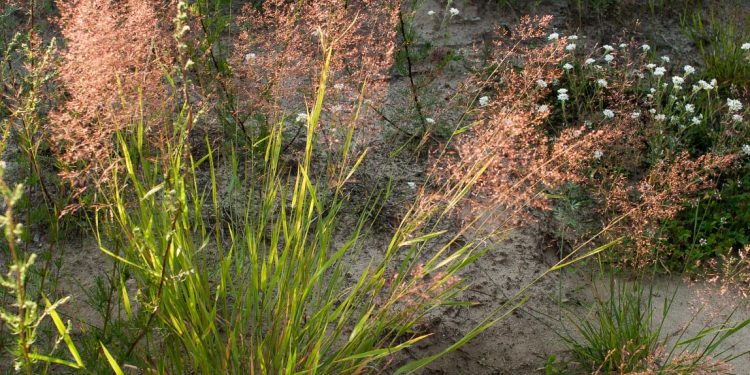#Landscaping #Sustainability #AperaSpicaVenti #WindResistantGrass #EnvironmentallyFriendly #SoilErosionPrevention #Resilience
When it comes to landscaping, grasses are a popular choice due to their visual appeal and functional benefits. However, many traditional grass species are not suited to withstand strong winds, making them vulnerable to damage and uprooting. This is where Apera spica-venti, also known as wind-resistant grass, comes into play.
Apera spica-venti is a hardy grass species that has evolved to withstand strong winds, making it an excellent option for sustainable landscaping in areas prone to high winds. This grass species has a unique root structure that allows it to anchor firmly into the ground, even in windy conditions. In addition, it has a rapid growth rate and requires minimal water and fertilizer, making it a low-maintenance and environmentally friendly choice for landscaping.
Developing sustainable landscaping practices using wind-resistant grasses like Apera spica-venti has numerous benefits. For one, it helps to prevent soil erosion and preserves the natural landscape in areas that are susceptible to wind damage. This, in turn, reduces the amount of resources required to maintain the landscape, leading to cost savings and a more sustainable approach to landscaping.
Moreover, using wind-resistant grasses also helps to create a more resilient landscape that is better able to adapt to changing weather patterns and climate conditions. This is increasingly important in a world where extreme weather events are becoming more frequent and intense.
In conclusion, Apera spica-venti is a highly advantageous grass species for sustainable landscaping, offering a range of benefits such as soil erosion prevention, low maintenance requirements, and resilience to strong winds. By incorporating wind-resistant grasses into landscaping practices, we can create more sustainable and environmentally friendly landscapes that are better equipped to withstand the challenges of the future.








